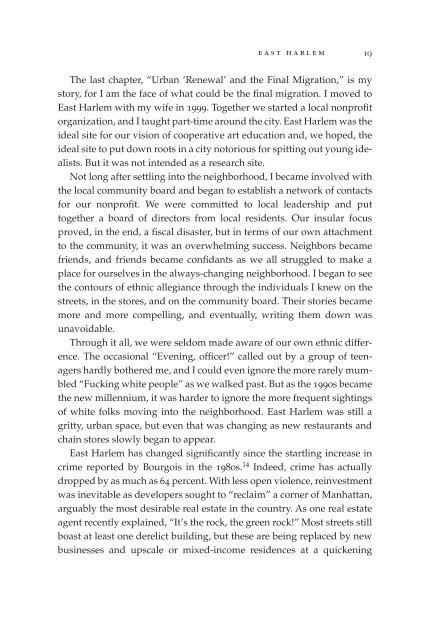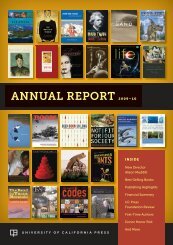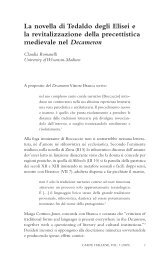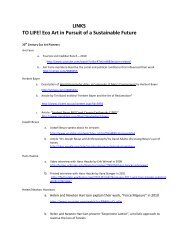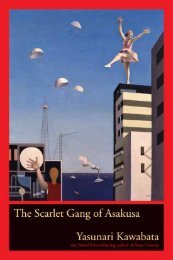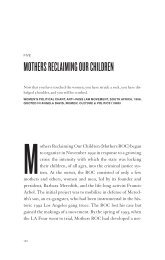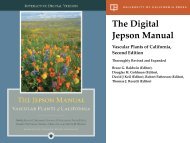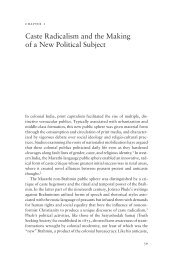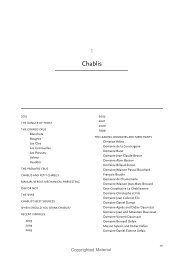Read Chapter 1 (PDF) - University of California Press
Read Chapter 1 (PDF) - University of California Press
Read Chapter 1 (PDF) - University of California Press
You also want an ePaper? Increase the reach of your titles
YUMPU automatically turns print PDFs into web optimized ePapers that Google loves.
east harlem 19<br />
The last chapter, “Urban ‘Renewal’ and the Final Migration,” is my<br />
story, for I am the face <strong>of</strong> what could be the final migration. I moved to<br />
East Harlem with my wife in 1999. Together we started a local nonpr<strong>of</strong>it<br />
organization, and I taught part-time around the city. East Harlem was the<br />
ideal site for our vision <strong>of</strong> cooperative art education and, we hoped, the<br />
ideal site to put down roots in a city notorious for spitting out young idealists.<br />
But it was not intended as a research site.<br />
Not long after settling into the neighborhood, I became involved with<br />
the local community board and began to establish a network <strong>of</strong> contacts<br />
for our nonpr<strong>of</strong>it. We were committed to local leadership and put<br />
together a board <strong>of</strong> directors from local residents. Our insular focus<br />
proved, in the end, a fiscal disaster, but in terms <strong>of</strong> our own attachment<br />
to the community, it was an overwhelming success. Neighbors became<br />
friends, and friends became confidants as we all struggled to make a<br />
place for ourselves in the always-changing neighborhood. I began to see<br />
the contours <strong>of</strong> ethnic allegiance through the individuals I knew on the<br />
streets, in the stores, and on the community board. Their stories became<br />
more and more compelling, and eventually, writing them down was<br />
unavoidable.<br />
Through it all, we were seldom made aware <strong>of</strong> our own ethnic difference.<br />
The occasional “Evening, <strong>of</strong>ficer!” called out by a group <strong>of</strong> teenagers<br />
hardly bothered me, and I could even ignore the more rarely mumbled<br />
“Fucking white people” as we walked past. But as the 1990s became<br />
the new millennium, it was harder to ignore the more frequent sightings<br />
<strong>of</strong> white folks moving into the neighborhood. East Harlem was still a<br />
gritty, urban space, but even that was changing as new restaurants and<br />
chain stores slowly began to appear.<br />
East Harlem has changed significantly since the startling increase in<br />
crime reported by Bourgois in the 1980s. 14 Indeed, crime has actually<br />
dropped by as much as 64 percent. With less open violence, reinvestment<br />
was inevitable as developers sought to “reclaim” a corner <strong>of</strong> Manhattan,<br />
arguably the most desirable real estate in the country. As one real estate<br />
agent recently explained, “It’s the rock, the green rock!” Most streets still<br />
boast at least one derelict building, but these are being replaced by new<br />
businesses and upscale or mixed-income residences at a quickening


